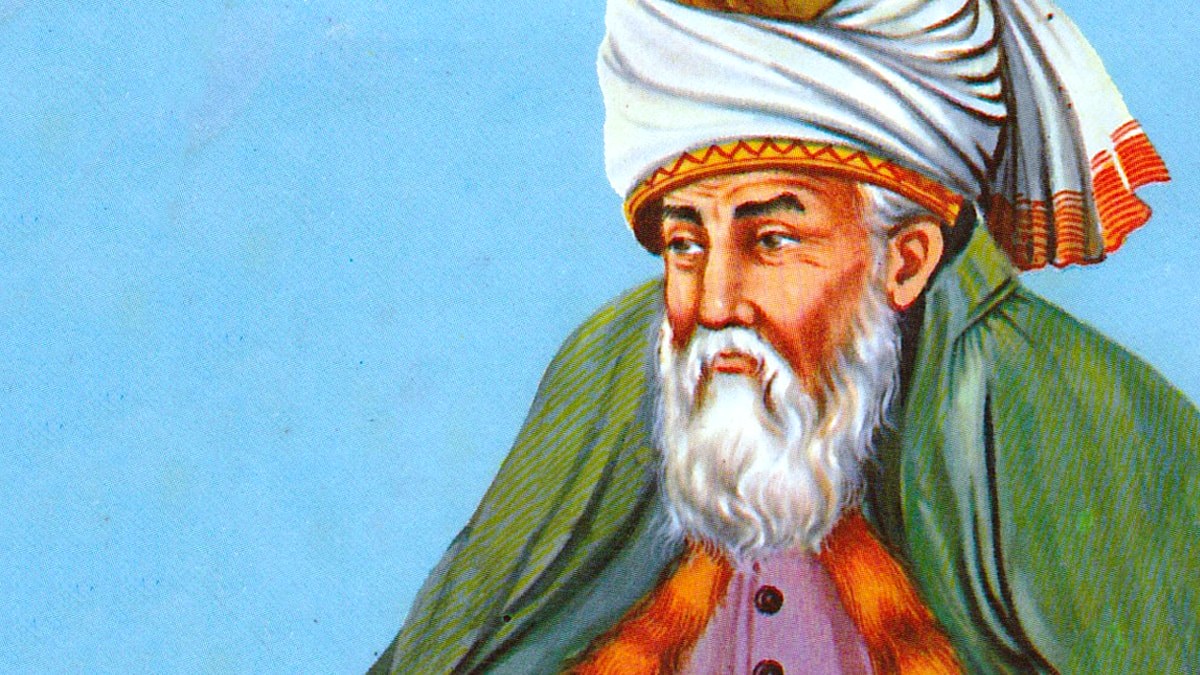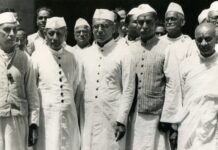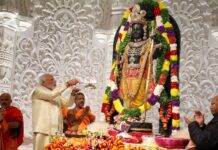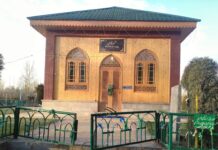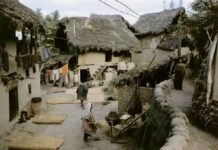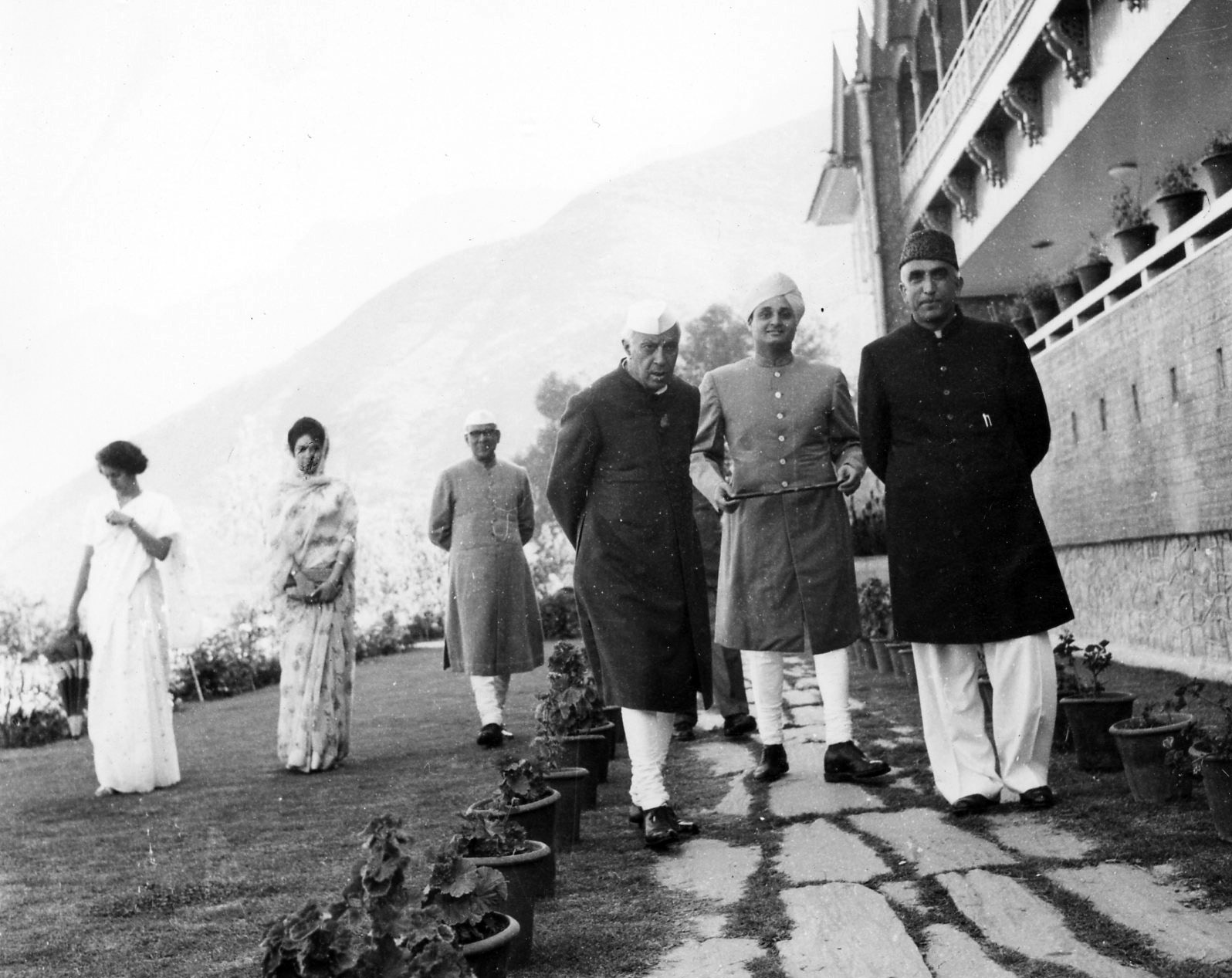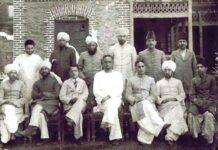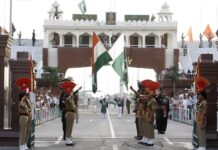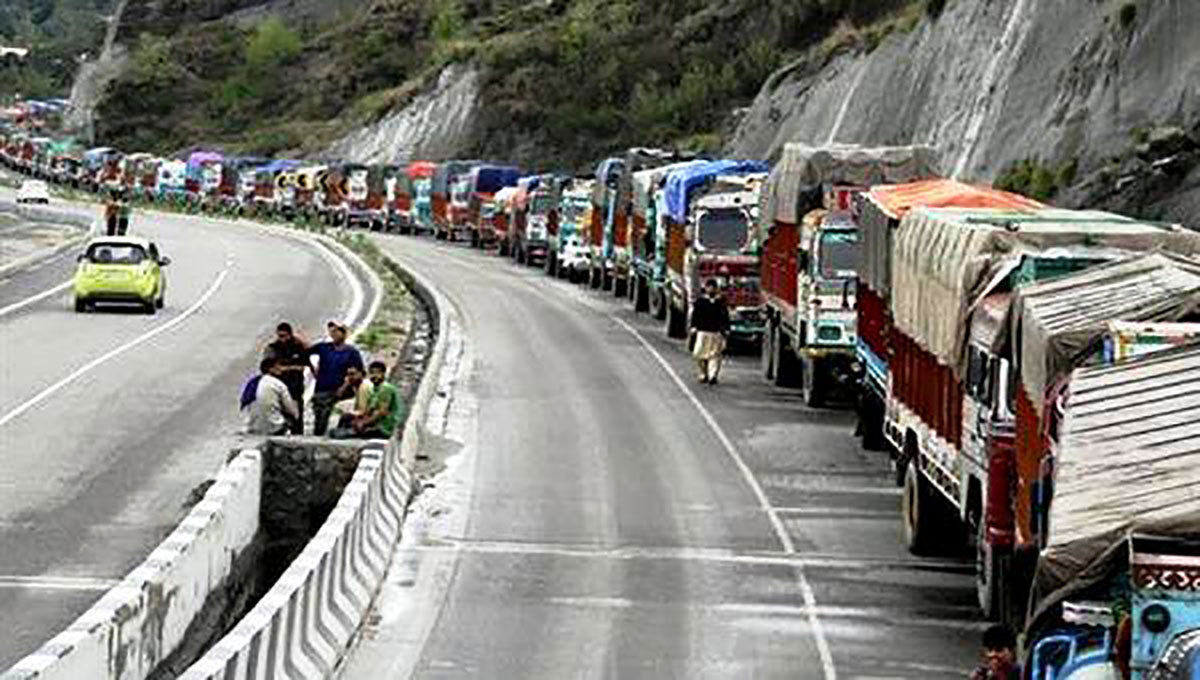Two Kashmir scholars revisited 3500 years of Kashmir’s distant past to generate a flawless academic narrative about how conquests, trade, cultural encounters and faiths re-enforced Kashmir’s geographic centrality and gave it a pluralistic and cosmopolitan character, writes Muhammad Nadeem after going through Muhammad Ashraf Wani and Aman Ashraf Wani’s jointly done The Making of Early Kashmir: Intercultural Networks and Identity Formation
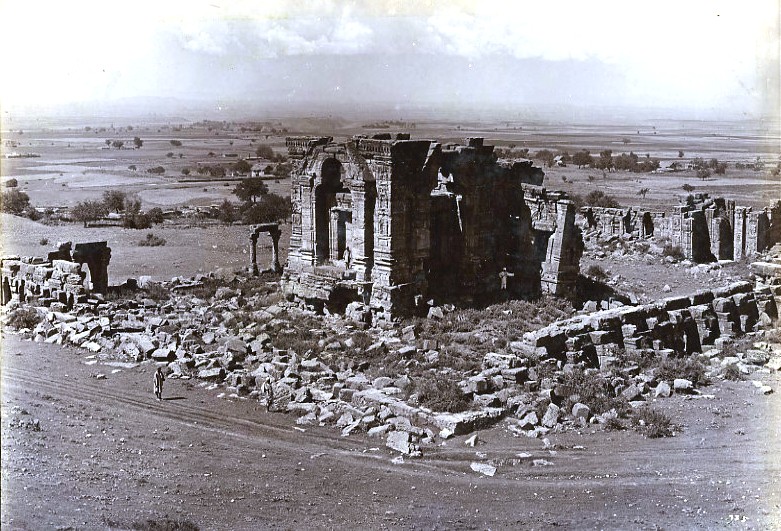
In their The Making of Early Kashmir: Intercultural Networks and Identity Formation, scholars Muhammad Ashraf Wani and Aman Ashraf Wani provide a comprehensive examination of the early history and culture of Kashmir from prehistoric times to the thirteenth century CE. Spanning over 3500 years of Kashmir’s past, this meticulously researched work situates the region within the wider currents of Asian history, going beyond nationalist and regionalist paradigms to construct a global perspective. The authors – father and son duo – draw upon a diverse range of sources, including archaeological evidence, religious and philosophical texts, numismatics, art and architecture to piece together a connected history of early Kashmir and its role in the shared histories of humanity.
Divided into an introduction and four chapters, the book begins by articulating the need to transcend narrow historiographical frames and foreground Kashmir’s historical embeddedness within a tapestry of cross-cultural encounters and exchanges with both neighbouring and distant lands. Kashmir’s geographical centrality at the nexus of South, Central and East Asia facilitated its evolution as a hub of trade networks, knowledge systems and artistic currents that shaped its cosmopolitan culture. Countering representations of the region as a secluded mountain enclave, the authors emphasise Kashmir’s permeability and openness to external influences as well as its role as an active participant in shaping the civilisational landscapes around it.
Construction
As a well-researched academic text, the authors succeed in constructing a coherent and engaging narrative arc that traces Kashmir’s intertwined history with the rest of Asia across several millennia. The story of early Kashmir that emerges is one of dynamism, hybridity and cosmopolitanism, forged through the interplay of trade, travel, conquest and religious change.
The first chapter delves into Kashmir’s prehistory, exploring its Neolithic cultural connections with Inner Asia, the Russian steppes, and the Fertile Crescent. The transcontinental roots of Kashmir’s Neolithic culture are established through detailed analyses of artefacts like the distinctive burnished grey pottery of Burzahom with parallels found as far as Mesopotamia. Skilfully synthesising evidence from disciplines like archaeology, linguistics and material culture, the authors situate prehistoric Kashmir within shared global histories that defy modern cartographic boundaries.
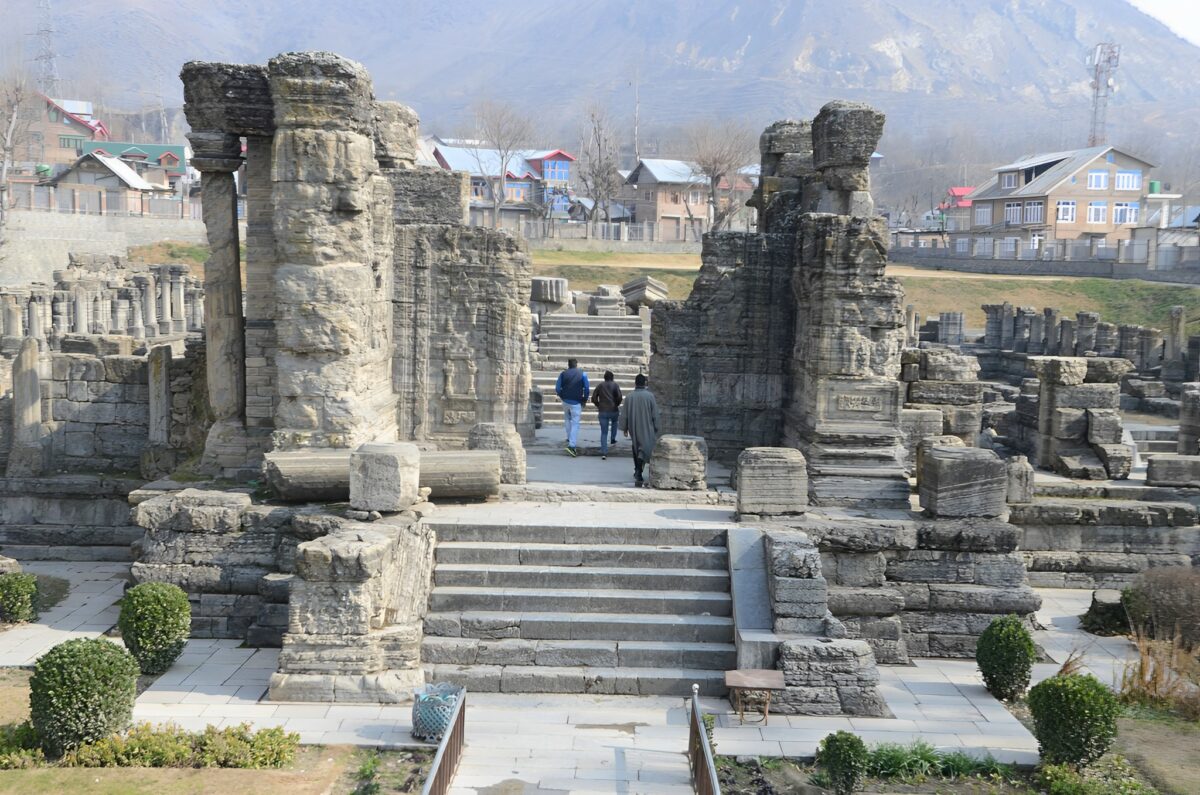
Subsequent chapters chart Kashmir’s transitions into the orbit of vast empires like the Mauryas, Indo-Greeks, Indo-Parthians and Kushanas that facilitated the diffusion of new ideas, technologies and aesthetic sensibilities. The narrative underscores Kashmir’s cosmopolitanism as it successively became a part of these empires’ macro-regions through processes of military expansion, trade and travel. Key archaeological sites like Harwan and Semthan anchor Kashmir locally while also revealing its global connections. The authors ably synthesise literary, epigraphic, numismatic and artistic evidence to breathe life into this story of early Kashmir’s dynamic place-making at the crossroads of Asia’s mega-structures of mobility and exchange.
The narrative concludes with Kashmir’s induction into Sanskritic cosmopolis from the sixth century onwards, becoming a major hub for the development and dissemination of Brahmanical, Buddhist and Jain philosophical systems. But this Brahmanical turn is shown to be an outcome of negotiations and compromises with local landscapes, thereby eschewing representations of uncomplicated assimilation with the Indic mainland. Through its kaleidoscopic lens, the book thus compels an animated story of early Kashmir that constantly defies ossified civilizational labels.
Key Figures
Through their masterful marshalling of diverse sources, the authors succeed in breathing life into some of the key historical figures who presided over Kashmir’s political and cultural transformations. Foremost among these is the eighth-century Karkota king Lalitaditya Muktapida, who established Kashmir’s regional ascendancy by expanding its frontiers from the borders of China to southern India. By interweaving numismatic, epigraphic and textual sources, the book provides intriguing glimpses into Lalitaditya’s zealous temple-building activities that heralded Kashmir’s induction into a mainstream Sanskritic Indic cultural idiom.
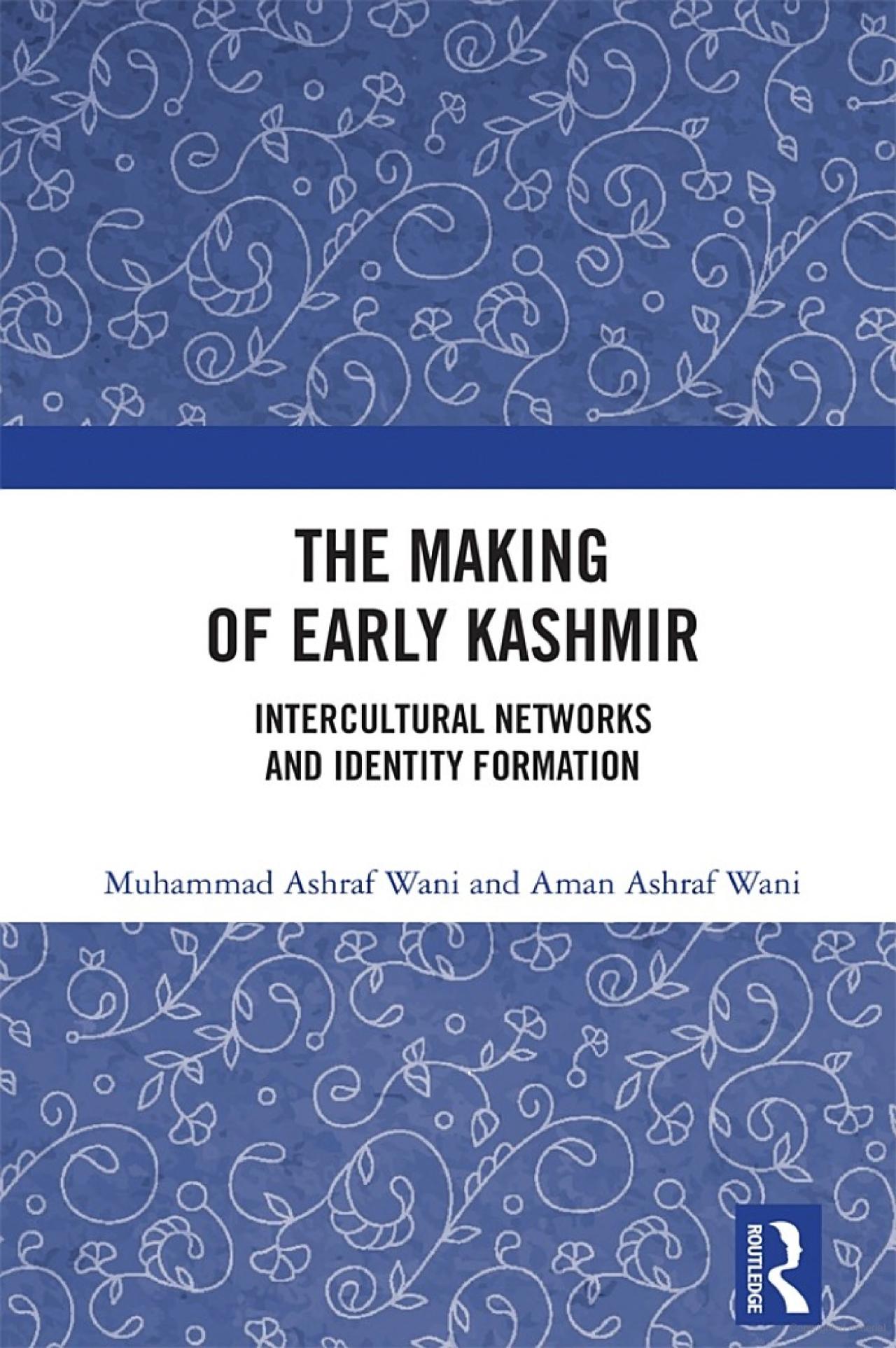
Other shadowy but influential figures like the Kushana emperor Kanishka and the sixth-century Lohara ruler Pravarasena-II are also sketched out through their monumental architectural and artistic patronage that catalysed both internal change and external connections. The authors piece together fragmentary references to the prominent roles played by groups like Brahmins, Sarmanas, artisans and mercantile communities in facilitating cross-regional circulations of knowledge, material objects and technologies across the mountainous terrain. Ephemeral but significant characters also make their appearance in the narrative through vestiges like terracotta figurines, helping visualise the cosmopolitan society taking shape in early Kashmir.
While limited by the nature of their sources, the authors succeed in animating major figures and collectives that engineered Kashmir’s participation in emergent inter-regional networks of mobility and exchange across Asia. Their profiles reveal Kashmir’s early history to be just as much a story of human agency as one of the confluences between geology, topography and greater macro-historical forces.
Style
The Making of Early Kashmir is an exemplar of erudite yet lucid scholarly writing. The authors convey complex ideas and information in clear and coherent prose that guides readers through the intricacies of Kashmir’s early intertwined histories. Their writing is well-structured, transitioning seamlessly between analytical commentary and presentation of evidence. Each section begins with a concise summation of key points and an outline of supporting sources to orient readers before diving into the finer details. They also provide quick recapitulations at the end of sections to reinforce the salient aspects of the foregoing discussions.

The language is formal and scholarly, as befits an academic text, but not impenetrable. The authors make judicious use of quotations from primary sources, allowing historical actors to speak for themselves. Key terms like transculturation, trans-local histories and cultural translation are cogently explained and reiterated at different junctures for clarity. Maps, timelines, tables, and a selection of images allow visual breathing room amidst the extensive textual material. The text is also enriched by references to influential scholarship on pertinent themes, situating the book within relevant historiographical debates.
While much of the discussion is structured around archaeological sites, material objects and textual extracts, the authors manage to translate an enormous volume of data into an eminently readable synthesis that never loses sight of the overarching narrative. Their skilful balancing of empirical analysis with thoughtful commentary makes the book a model for presenting scholarly research in an engaging and stimulating style.
Mission
The central themes that run through The Making of Early Kashmir are interconnectedness, cosmopolitanism, and cultural hybridity. The authors repeatedly emphasise Kashmir’s embeddedness within overlapping zones of artistic, religious, economic, and intellectual exchange that defied rigid geographical and cultural boundaries. Key ideas that recur throughout the book are cultural translation, transculturation, trans-local histories and circulation. Kashmir is situated at the intersection of multiple vectors of mobility connecting vast stretches of the Asian landmass. Its history is portrayed as one of constant dialogue and mutual influence with a multitude of neighbouring cultural hearths.
In foregrounding Kashmir’s global interconnections, the authors critique parochial historiographies imprisoned by the modern lens of nationalism. Their mission is to dismantle ossified civilisational and national categories that obfuscate the heterogenous, hybrid and cosmopolitan character of premodern societies.
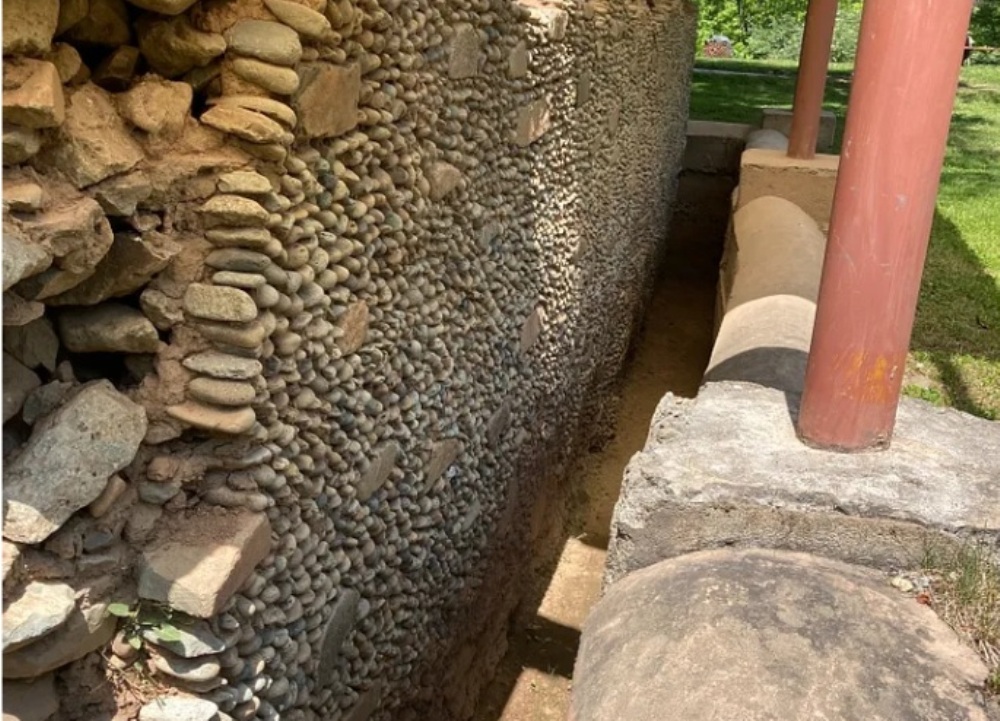
Kashmir’s cultural fabric is shown to be a dynamic amalgam of diverse exogenous and indigenous influences that evolved through complex negotiations rather than cultural chauvinism. Its identity emerges as relationally constituted, contingent and unstable rather than grounded in immutable essences.
This approach aligns with larger scholarly efforts to provincialise Europe and resist the teleological march of nation-states in understanding Asia’s past on its own heterogeneous terms. For the authors, highlighting Kashmir’s cosmopolitan encounters serves the ethical imperative of promoting cross-cultural understanding against contemporary forces of xenophobia and cultural essentialism. Their work invites readers to recognise shared human experiences that transcend modern cartographies to reimagine more plural, heterogeneous and interconnected histories.
Setting
The diverse settings evoked in The Making of Early Kashmir – from vast cultural worlds like the Sanskritic ecumene to specific temple complexes and archaeological sites—are instrumental in fleshing out its narrative of interconnected histories. The authors devote considerable attention to reconstructing the wider stage on which Kashmir made its mark and was shaped in return. Surrounding cultural spheres like those of the Indus Valley, Central Asia, China, and the Deccan are delineated through lively discussions of their material cultures, artistic canons and religious philosophies. Crucial spatial concepts like the Persian Royal Road and Silk Route are explicated to the transmission of ideas, technologies, and aesthetic styles across Asia.
Vivid vignettes provide glimpses into the bustling trade emporia, religious centres and courts through which premodern communities interacted. Capital cities of mighty empires like Pataliputra, Purushapura and Kanishkapur anchor Kashmir locally within extensive geo-cultural networks. Famous sites like Taxila and Kanauj are imaginatively reconstructed to highlight the circulation of influences that created shared civilizational pools. Equal emphasis is placed on evoking specific sites within Kashmir like Harwan, Pandrethan and Mohripur through their material vestiges. The region’s sacred topography is also thoughtfully mapped out, revealing the processes through which it was re-rooted in mainstream Indic cosmological conceptions.
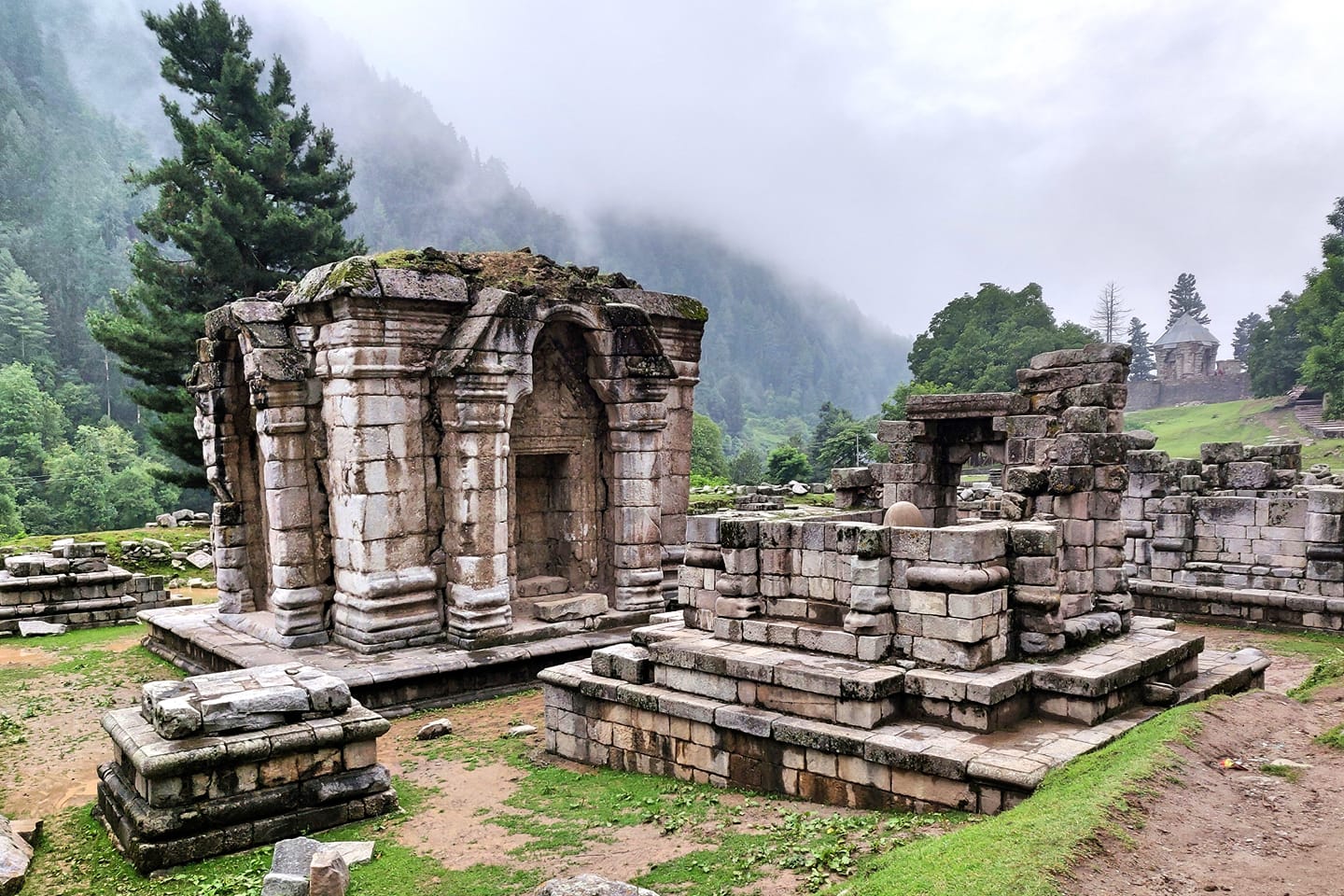
Through their meticulous attention to setting, the authors succeed in situating early Kashmir within a dynamic world of connections and exchanges vital to its cosmopolitan history. The diverse cultural topographies they reconstruct provide an immersive context for the book’s narrative of trans-regional mobilities that shaped the distinctive regional flavour of the Kashmir mandala. Their vivid spatial grounding of Kashmir’s formative encounters is essential to its depiction as an open and fluid crossroads of civilizational confluences.
Structure
The Making of Early Kashmir employs a well-planned structure that effectively unfolds its narrative in a logical sequence. The book is divided into four broad chronological phases of Kashmir’s early history spanning its prehistoric origins, integration into large empires and culminating with its Sanskritization. This periodization provides clear episodic waypoints in the book’s vast historical canvas while highlighting Kashmir’s cultural transformations under changing politico-economic orders.
The macro-narrative is structured through sub-topics like material culture, and artistic and literary traditions that allow deeper dives into micro-details within each historical phase. Judicious use of visual material like photographs, maps, and tables adds shifts in rhythm. Sections open with pithy abstracts foregrounding key points and conclude with concise summaries that link back to overarching themes, lending structural cohesion. Seamless transitions bridge the various phases, underlining continuity amidst change.
The authors strike an effective balance between long historical expansiveness and close empirical analysis, which prevents the pace from flagging. Their detailed discussions of tangible objects, literary extracts and archaeological sites are tethered to the book’s architectural logic, making the prodigious amount of evidence easy to absorb. The narrative tension lies in anticipating Kashmir’s next round of cultural transformations, propelled by its contacts with new horizons of the expanding Asian world. Overall, the authors display remarkable skill in marshalling disparate material into a unified account that sustains attention despite spanning several millennia.
Impact
For an academic work of history, this book contains moments that resonate effectively, conveying a sense of the region’s lived experience and the people who animated it. The authors poignantly evoke the cultural loss wrought by the ruptures of Kashmir’s late medieval history, observing that “large and sometimes crippling gaps in our information have made a detailed, coherent and well-ordered narrative of events extremely difficult.” This underscores the enormity of recovering occluded, hybrid and mobile pasts from fragmentary traces.
Despite their worn state, discussing material objects like terracotta figurines and temple friezes provide tantalizing glimpses into the region’s vibrant artistic climate and the anonymous craftsmen behind them. The authors take care to emphasise that the voices of subaltern groups were silenced in textual and material sources, subtly urging readers to imagine excluded subjectivities. Through memorable vignettes, they also highlight Kashmir’s enduring cultural practices like spring rites, pilgrimages and cultural festivals that created a shared way of life.
While not overtly emotional, the book nonetheless succeeds in highlighting the lived experiences, exchanges and lifeways that were the beating heart of early Kashmir’s cosmopolitan world. The authors’ frequent insistence on pluralism, openness and syncretism as positive values also registers effectively as an ethical reprimand against contemporary chauvinism. Their humane portrayal of Kashmir’s past holds up the power of intercultural dialogue that allowed diverse communities to find common ground through history.
Critique and Analysis
While the book represents an erudite and comprehensive examination of its subject, a few constructive criticisms can be made to strengthen its intervention in existing historiographical debates. Given how extensively the book emphasises Kashmir’s cultural hybridity, more analysis of dissonant encounters and contestations could have added nuance to the narrative of cosmopolitanism. The authors do allude to Brahmanical tensions with competing faiths like Buddhism but fail to equally interrogate fissures along lines like ethnicity, language or caste that may have lurked beneath the facade of cultural synthesis.

More attention could also be devoted to subaltern groups like artisans, peasants and women who participated in the construction of Kashmir’s cultural fabric from below but have been erased from the historical record. As the authors themselves admit, the available sources privilege elite perspectives and often silence marginal voices. They could have done more to read against the grain and recover subaltern agencies through creative historical detective work. Widening the source base to include vernacular languages and folk traditions may have opened new windows into everyday lived realities beyond high Sanskritic culture.
While the authors note the need to study Kashmir’s language for its cosmopolitan vocabulary, they stop short of conducting such an analysis themselves. Such investigations of linguistic hybridity could have lent further support to the book’s thesis of cultural interconnectedness. Despite its extensive transregional scope, more connections could also have been drawn with the distinctive Gandhara civilization immediately west of Kashmir.
Conclusion
The book is an erudite and stimulating intervention that will expand scholarly horizons on Kashmir’s premodern history. The authors have produced an invaluable reference work for understanding the cosmopolitan formations underpinning Kashmir’s cultural efflorescence within wider Asian networks of cross-fertilization. Their meticulous research, judicious use of diverse sources, and clear explanatory style have resulted in a model for broadening historiographical frames beyond modern blinkers. This book will hopefully stimulate further research that provincialises nationalist and civilisational paradigms in reconstructing the open, hybrid and syncretic foundations of South Asia’s regional cultures. For its comprehensive scope and fresh transregional perspective, The Making of Early Kashmir will undoubtedly serve as a seminal resource on Kashmir’s role in Asia’s interconnected premodern past.



